It is the year 2015. While paper maps are useful if the power is out or planet Earth has imploded, online mapping technology makes it convenient to research and plan bicycle rides; particularly if the cyclist is equipped with a gadget such as a Garmin 800 / 810 /1000, Magellan 505 or one of the plethora of Smart phones (with the right application) that people have their eyes glued to nowadays.
We at Gravel Cyclist love exploring and finding new roads. While there is a certain romanticism associated with dragging out a paper map, those resources do not list convenience stores – for the purposes of hydration – and not everyone is cool with lugging about a Camelbak laden down with two litres of water, or a massive bag loaded with food. With that said, there are some parts of the world where store stops are non-existent. For that, you will need to plan accordingly.
Remember, there is also no substitute for tribal knowledge – A rider who possesses insider knowledge relating to a race course or training ride.
Regardless, the hydration factor cannot be underestimated. Running low on fluid can lead to issues such as dehydration and heat stroke, particularly in the heat of summer – riding around exploring with no plan can land you in serious trouble. If you’re planning on a lengthy gravel and dirt road ride, the route should factor in one or more store stops.
Mapping Tools
There are many to choose from. This article isn’t about which is the best, but we at Gravel Cyclist use RidewithGPS.com – this website hooks directly into Google’s mapping data including Satellite and Street View – and you can designate road colors on your map, helpful to distinguish dirt vs pavement.
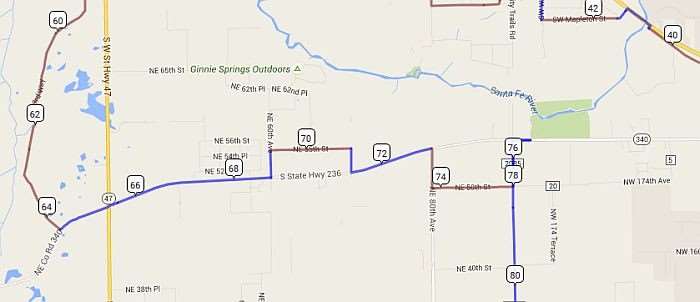
Street View? From Wikipedia – “Street View, a technology featured in Google Maps and Google Earth that provides panoramic views from positions along many streets in the world. It was launched in 2007 in several cities in the United States, and has since expanded to include cities and rural areas worldwide. Streets with Street View imagery available are shown as blue lines on Google Maps.”
Key words there – rural areas. While not available everywhere, Street View can help determine whether a road is dirt, gravel, or paved. Even if the road in question isn’t mapped, an intersecting paved road could provide a clue into the nature of the road in question.
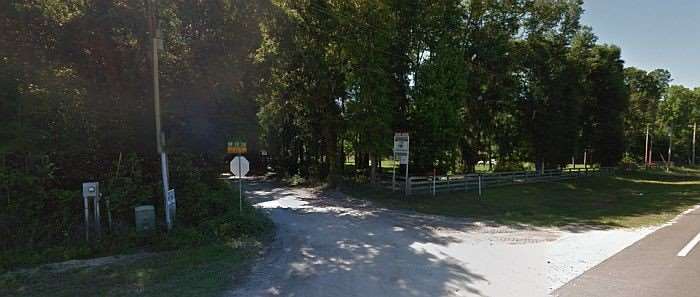
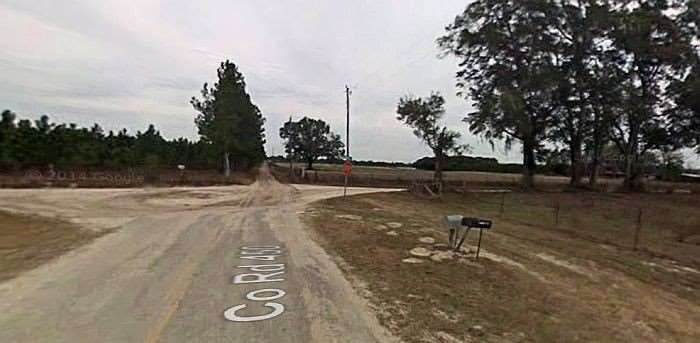
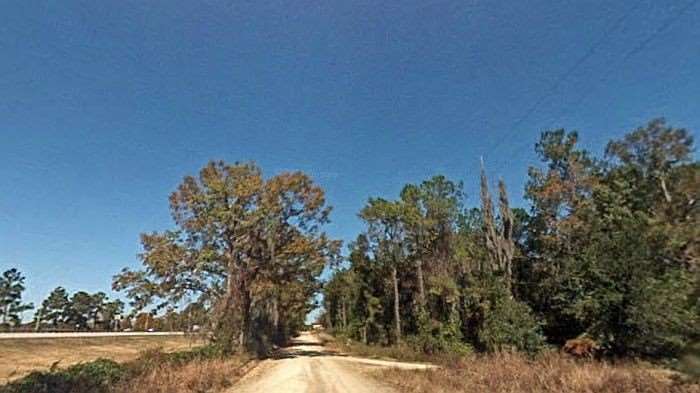
Things to be wary of
Google and other online mapping resources aren’t 100% accurate. Nothing, not even paper maps are up to date with current road conditions / construction, or in the case of Google, non-existent roads. What may look to be a legitimate road on Google Map View, looks less than legitimate in Satellite View. Riding the road is the only way to ascertain its validity.

Do your research!
Another helpful website for scouting roads is Bing Maps, namely the Birds Eye View. While not available in every part of the world, this unique view of the land provides real clues to determine if a road is legitimate, or is simply a thoroughfare on private land.
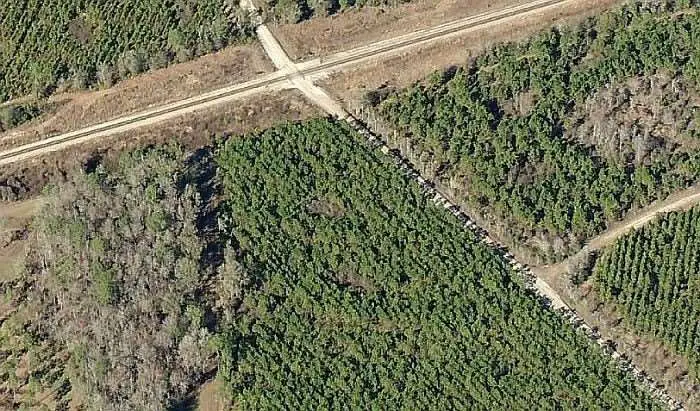
Assembling a new dirt and gravel route can be time consuming, but rewarding. The best part of a new route / ride adventure, is route scouting with your friends. I mean, who doesn’t enjoy sharing the fun of a U-turn or two, bush bashing, or climbing over the odd fence (not advised)!
Some final tips
- If there are parts of one’s route that could possibly involve private land or non-existent roads, prepare a Plan B route – or, familiarize yourself with your navigation computer’s / Smart phone app’s map screens to figure a workaround on-the-fly. There is nothing worse than scouting a new route, only to find a swampy cesspit in the place of a creek – this has happened to the Gravel Cyclist crew.
- Avoid trespassing!
- Riding a route for the first time? Keep a steady tempo. Avoid hammering – topographic features such as hills may bite you later on. What looks insignificant when planning on your computer is much different in reality. This is where tribal knowledge comes in.
- Plan to hydrate!
While Gravel Cyclist crew tries to think of everything with these articles, if there is anything we’ve missed, please leave a comment below.
Thanks for reading!


Great tips on route planning. Another resource is https://gravelmap.com/ There are already a lot of user submitted routes in it’s database, but could use a lot more. The benefit is that since they are submitted by riders, there’s a good chance that the roads have already been scouted and are actual roads. Thanks again for posting this.
Anello, thanks for the tip! I will take a look at my local area.
Another gentleman has setup https://coloradogravelroads.com and https://iowagravelroads.com